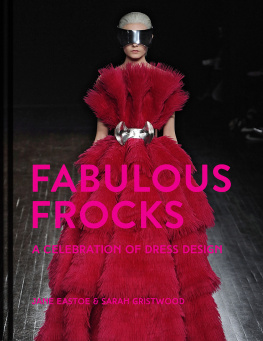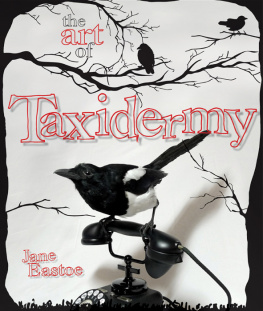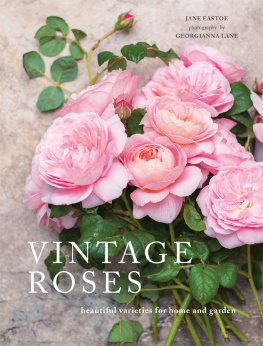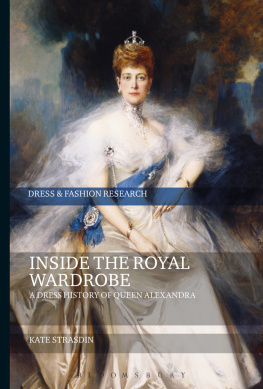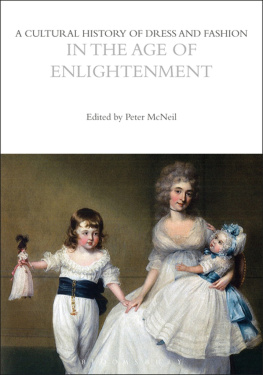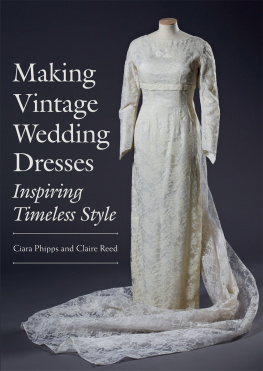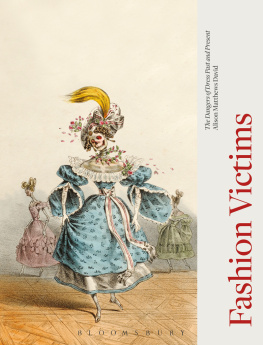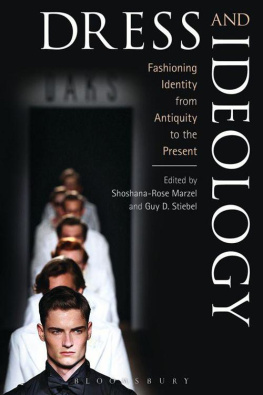Contents
Guide

Jacques Faths evening dress of striped silk organdie, c.1954. Fath, the couturiers couturier, was famous for his luxuriant, feminine evening dresses. For a brief period in the early fifties, before his untimely death, his name was often spoken in the same breath as that of Christian Dior.


Supermodel Linda Evangelista wears a 1992 Valentino ready-to-wear evening dress. The dramatic (and photogenic) combination of black and white has been a celebrity favourite since the beginning of the century.
CONTENTS
Alexander McQueens collection for Fall/Winter 2012 epitomises the bold spirit of todays dress. Designer Sarah Burton said the riot of extravagant shapes and textures celebrate a beautiful future, positivity, optimism.
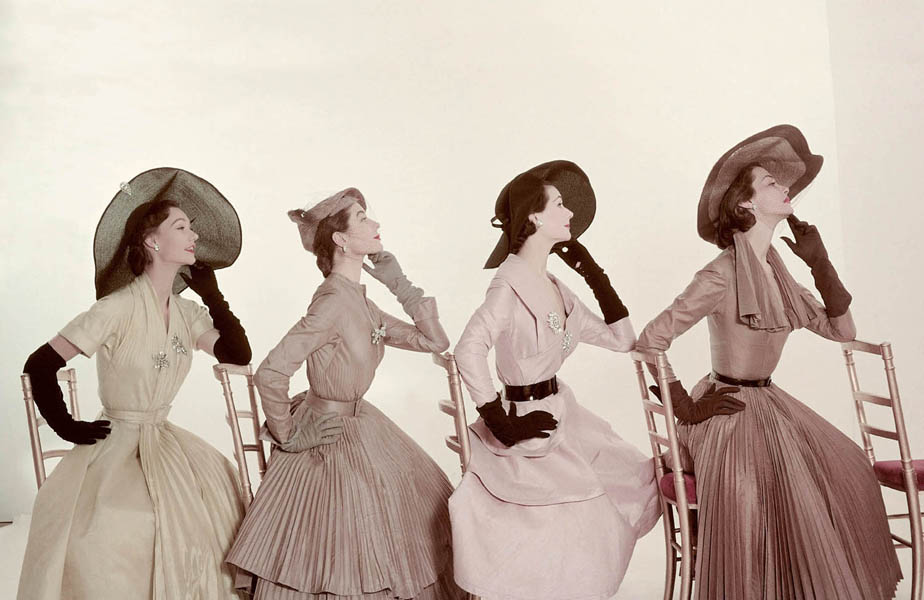
Taffeta shantung dresses from the fifties the epitome of structured femininity. In 1958 we looked alike in full-skirted calf-length dresses, long kid gloves and tiny hatsWhether the dress had been made by a couturieror run up by the debs mothers village dressmaker, the final effect was curiously similar. Last Curtsy: The End of the Debutantes, Fiona MacCarthy.
Introduction
There is something about a dress. No other garment carries such a weight of fantasy: the first party dress, the little black dress, the wedding dressAs Simone de Beauvoir famously said: One is not born a woman, one becomes one. And nothing helps you become a woman more than a dress. The dress is a look to die for, to save for, one that deserves time, thought and speculation it makes a statement not only about who you are, but who you want to be. Dresses capture the mood of a moment and have the Zeitgeist woven into their very fabric: Audrey Hepburn in Breakfast at Tiffanys; Princess Diana on the steps of St Pauls; Twiggy waiflike in a mini; Chanel in one of her own revolutionary frocks.
We divide our dresses into eight themed sections. Sexy or feminine, classically pure or clad in colourful fantasy; we can all wear each and every one on the right day. As Hollywoods great costume designer Edith Head once said: Clothes have to do with happiness, with poise, with how you feel. You never forget the dress or suit in which you looked well, felt right, and lived wonderful moments the Alice Blue Gown.
The selection in this book is a purely personal choice. Everyone has their own favourites. The more so since the last century has seen drastic changes of style hemlines swing from ankle to thigh, outlines alternate between body-hugging and bell-shaped but the fascination of the dress, this most iconic of garments, has not gone away.
In examining dresses from the past 100 years we were struck by how frequently and unexpectedly themes and styles recur down the decades. It was Coco Chanel who said that Only those with no memory insist on their originality, and fashion itself has not hesitated to acknowledge that the revolutionary is often grounded in history. British designer Bruce Oldfield describes fashion as a gentle progression of revisited ideas; and Christian Lacroix agrees. The forward-looking/backward-looking nature of fashion is indisputable.
The sharp cut of a Roland Mouret dress from the noughties echoes a Dior dress of half a century before; a 1950 shot of two models relaxing in Claire McCardell outfits is so far ahead of its time, it looks like a moment in modern day New York. The sideways glimpses of bare flesh in Versaces famous safety pin dress had already been seen in the seventies, when Norman Parkinson photographed Givenchy on Jerry Hall, and the crystal chunks on Dolce and Gabbanas recent evening dress recall the shards of mirror that bestrew a 1920s gown.
Looking through these pages, we hope you will agree that nothing can lift your spirits like a really lovely dress. We all dream of, as Jean Rhys put it, the perfect Dress, beautiful, beautifying, possible to be worn. In Flowers for Mrs Harris, Paul Gallico created a cleaning woman whose dream was for once in her life to step out of her drab existence and buy a Dior frock:
Mrs Harris had attained her Paradise. She was in a state of dreamed-for and longed-for bliss. All of the hardships, the sacrifices, the economies and hungers and doings-without she had undergone faded into insignificance. Buying a Paris dress was surely the most wonderful thing that could happen to a woman.
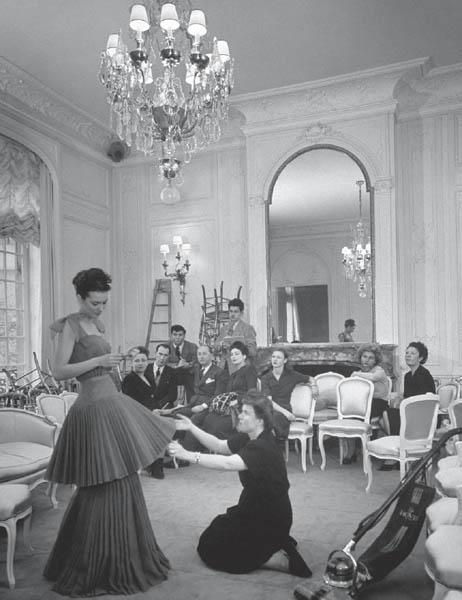
Buyers at a Dior fashion show are shown the inverted flower design of this evening dress. The photograph was taken in spring 1947, the season in which Dior launched his legendary Corolle collection, better known as the New Look. I created flower women, Dior said, with tiny waists like stems and skirts belling out like petals.
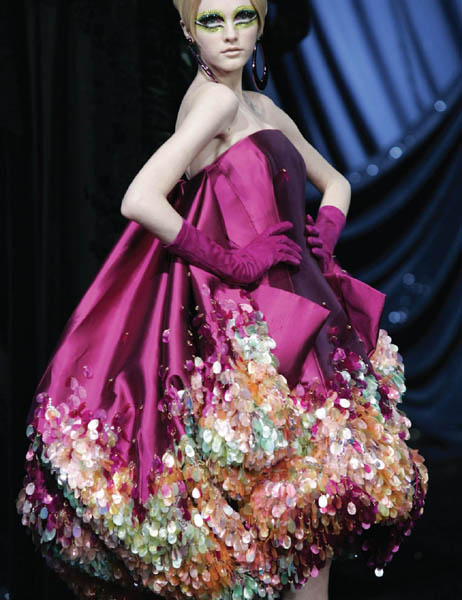
A head-turning, hot-pink silk balloon dress, encrusted with shimmering multicoloured drops by John Galliano for Christian Dior, 2008.
A Paris dress makes one feel capable of charming a pearl out of an oyster.
Dior model Jean Dawney


Les Cerises an empire-line toilette de campagne by Paul Poiret, 1913, after an illustration by Georges Lepape in the Gazette du Bon Ton. The years before the First World War saw the flowering of Poirets revolutionary, corset-free styles.
It is, said Christian Dior, not just a designer but an age that makes a dress, and certainly the great revolution in fashion of the early twentieth century came out of the changes in society. The innovations of the designer Paul Poiret between 1904, when he opened his own salon, and 1914 have been hailed as the start of modern fashion in that the concept upon which they were based, that of the natural figure, has been integral to fashion ever since. Indeed, it has been claimed that the freedom to abandon the whalebone or steel corset in favour of the elastic girdle did more to liberate women than the vote. For of course, Poiret whose ideas gained wide publicity with a book of his designs published in 1908 was working at the time of the suffragettes, as well as of art nouveau and the vogue for the Orient, of Diaghilevs Ballets Russes, with their exotic and colourful costumes and sets designed by the artist Lon Bakst. As Lady Diana Cooper remembered (using a phrase that would come to epitomise a later fashion revolution): There was a general new look in everything in those last years before the war a Poiret-Bakst blazon and a budding freedom of behaviour that was breaking out in the long last end of Victorianism.

